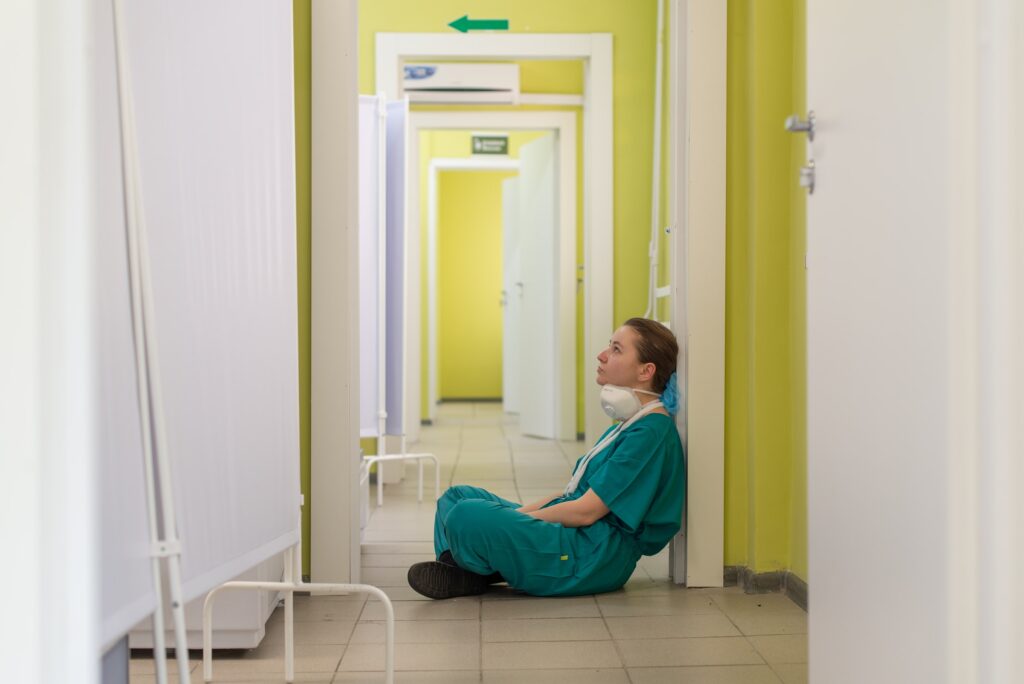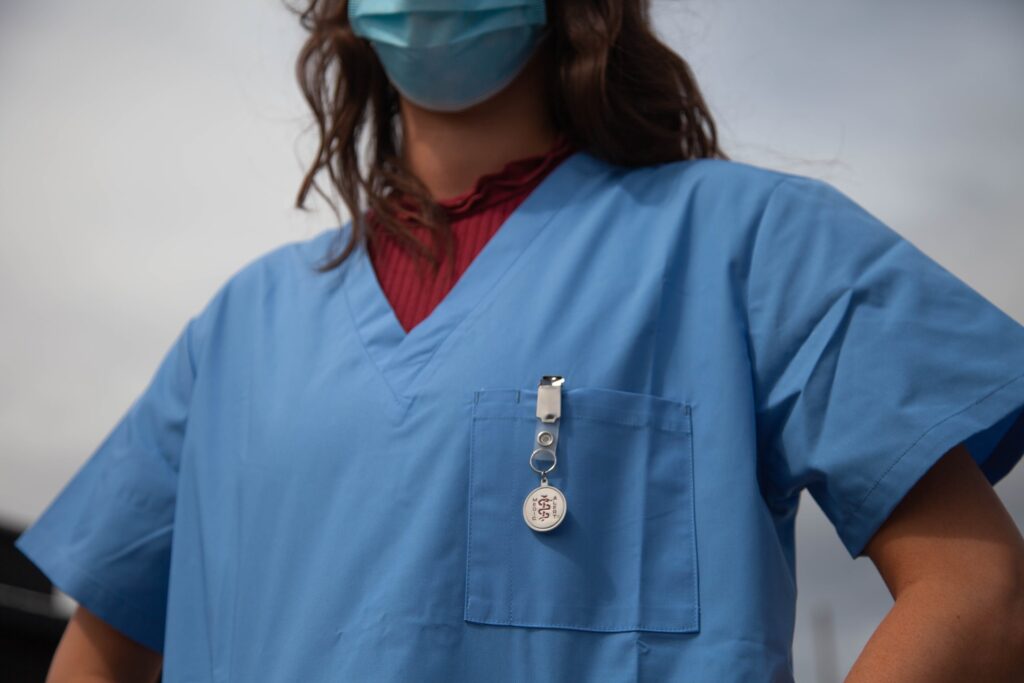Nursing During the COVID-19 Pandemic

Nursing is one of the most critical sectors in healthcare. It is a profession that requires significant amounts of education, training, and experience.
Covid-19 has shown the world that nurses are vital to healthcare.The virus has no cure and is highly contagious, making it even more difficult for healthcare facilities to handle. Because of this, nurses must take on various tasks that they may not have been uniquely trained for until this moment. According to ScienceSoft, during the COVID-19 pandemic, telehealth technology for nursing practice has become one of the key telemedicine directions due to the increased number of patients and shortage and overload of the nursing staff.
The pandemic has changed how nurses work, with many hospitals now using telenursing software in part because of the rise of remote patient monitoring. Telehealth nursing helps reduce the strain on patients’ physical health and hopefully their time in the hospital through remote monitoring. Telehealth nursing is just one of the changes made to the many challenges faced by nurses during the pandemic.
Challenges Nursing Faced During the Pandemic
Shortage of Nurses

Hospitals and health care facilities in the United States and Canada are understaffed, which has led to a shortage of nurses during the COVID-19 pandemic.
The shortage of nurses during the COVID-19 pandemic had a detrimental effect on patient care in hospitals and other medical facilities. The lack of nurses became a significant challenge because it became harder to keep up with the number of patients coming in due to the pandemic.
Health and Safety of Nurses
One of the challenges faced by many nurses during the pandemic was the physical toll that it took on them due to long shifts and lack of sleep. There were constant changes to staffing, schedules, patient assignments, and patient needs, causing confusion and burnout among nurses.
Nurses must perform at their best and maintain high standards of care. With so much on their plate, all they could do is hope that they would survive the night without losing any patients or staff members.
In the US, the average nursing workweek is 40 hours. In COVID-19, front-line nurses have reported that they are working up to 80 hours in some cases. This has led to a significant increase in on-site accidents and worn-down immune systems which has left many nurses more vulnerable to contracting COVID-19.
No Preparation for the Disaster

Nursing during a disaster is a challenge for any individual, let alone an entire hospital. Numerous factors contributed to the chaos. This includes not having enough staff, lack of necessary equipment, and in many instances lack of preparation for an epidemic on a hospital and state-wide level.
Hospitals need to be prepared for the unexpected, whether it be a natural disaster or epidemic. Healthcare organizations have to think of a plan for handling the high volume of patients coming in during an emergency.
Disgruntled Nurses Leaving the Profession
The profession is experiencing a shortage of labor caused by the increasing number of nurses leaving the job. Nurses are not satisfied with the current pay, which is one reason they feel disempowered and quit. More than 10% of registered nurses left the profession during the pandemic because they can no longer settle for the low pay and underpaid training positions at hospitals while working in demanding and life-threatening work environments.
Another issue is that there are no creative solutions to improve and advance nursing. The existing answers to critical nursing issues are unrealistic, and unrealistic solutions come with their own set of problems.
How COVID-19 Changed the Future of Nursing
More Opportunities for Nurses in Telehealth

The pandemic has changed nursing, perhaps forever. With the rise in technology, telehealth nursing has enabled nurses to practice their profession remotely. They are now able to give orders, make diagnoses, and provide referrals without having to travel.
Telehealth is an alternative format that gives nurses more time with the patients while also allowing them to work at home or at a nearby office. Most importantly, it limits the spread of germs, allowing vital healthcare professionals to give advice and see patients, with minimal health risks involved.
Better Public Awareness of the Lack of Nurse Safety
It’s no secret that during the COVID-19 pandemic, nurses were forced to operate in potentially hazardous conditions without the required personal protective equipment (PPE).
In a statement by National Nurses Union, they said: “NNU is calling on Congress to mandate the DPA’s [Defense Production Act] use to produce the equipment and supplies health care workers need to care for COVID-19 patients as well as to conduct mass testing that is required to control the spread of the virus.”
Nurses’ demands for personal safety should not have to wait for a global pandemic to happen before being heard.
Nurses are Now Getting the Recognition They Deserve

During the pandemic, the words “thank you for your service” were finally heard by the nurses, and it is what kept them going despite their tough workdays.
There is also a new wave of nurses pursuing careers in various areas such as medicine, law, finance, and technology. They are also becoming more widely accepted by society and are no longer seen as stereotypes.
The recent changes have led to an increased demand for nurses from all walks of life. Nurses now have the opportunity to make a living outside of hospitals and be their own bosses while still fulfilling their roles as caregivers.
During COVID-19 pandemic, the nursing profession was in a state of great uncertainty. However, they were able to move forward with new confidence and knowledge of what they were doing. Nurses continued to care for patients, many with a terminal diagnosis. This is because healthcare workers have been trained to remain calm and approach every patient with care and compassion, leading to better health outcomes. If you’d like to train to become a nurse, visit academicpartnerships.uta.edu/programs/bachelor-of-science-nursing.aspx.




